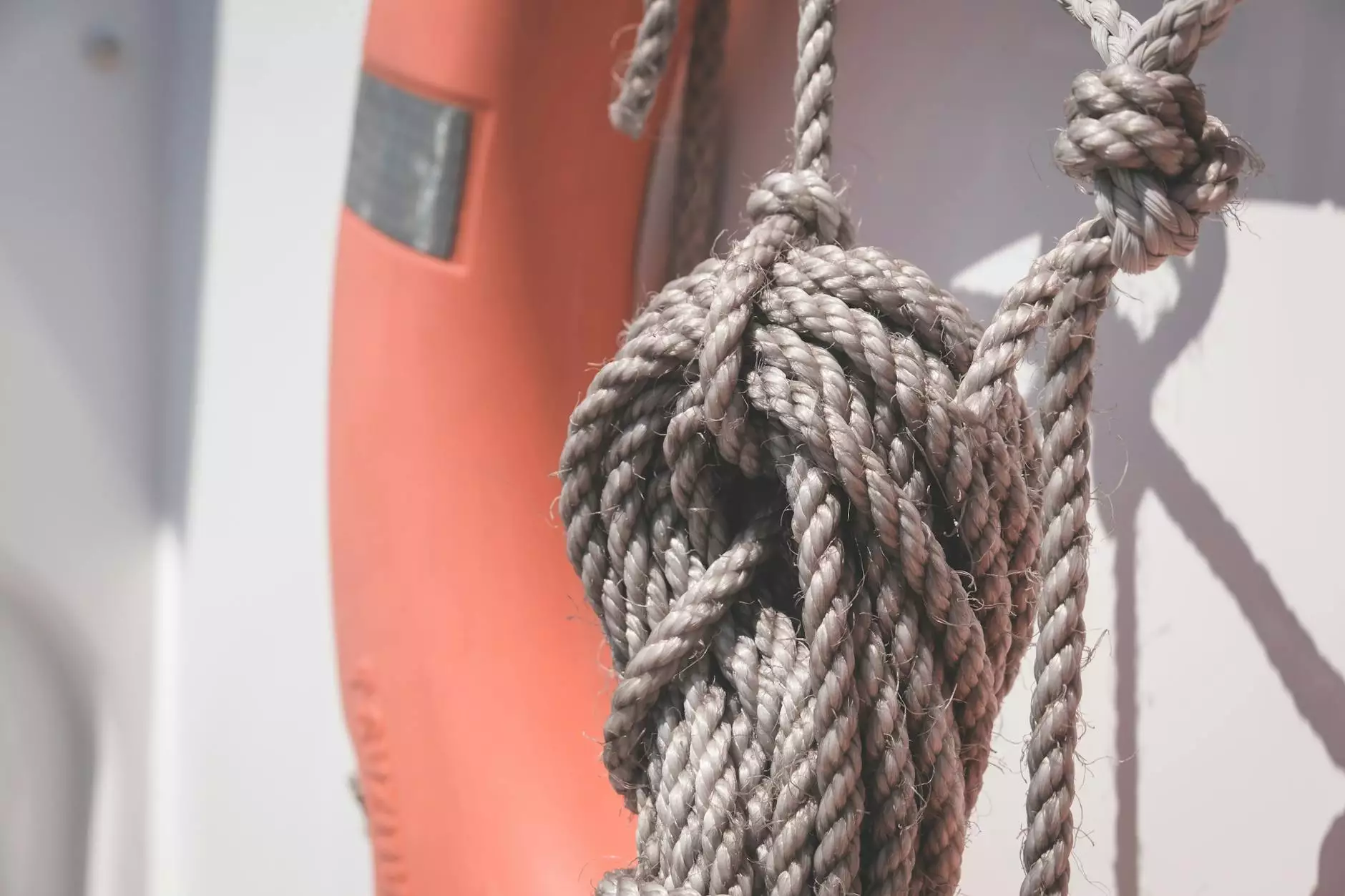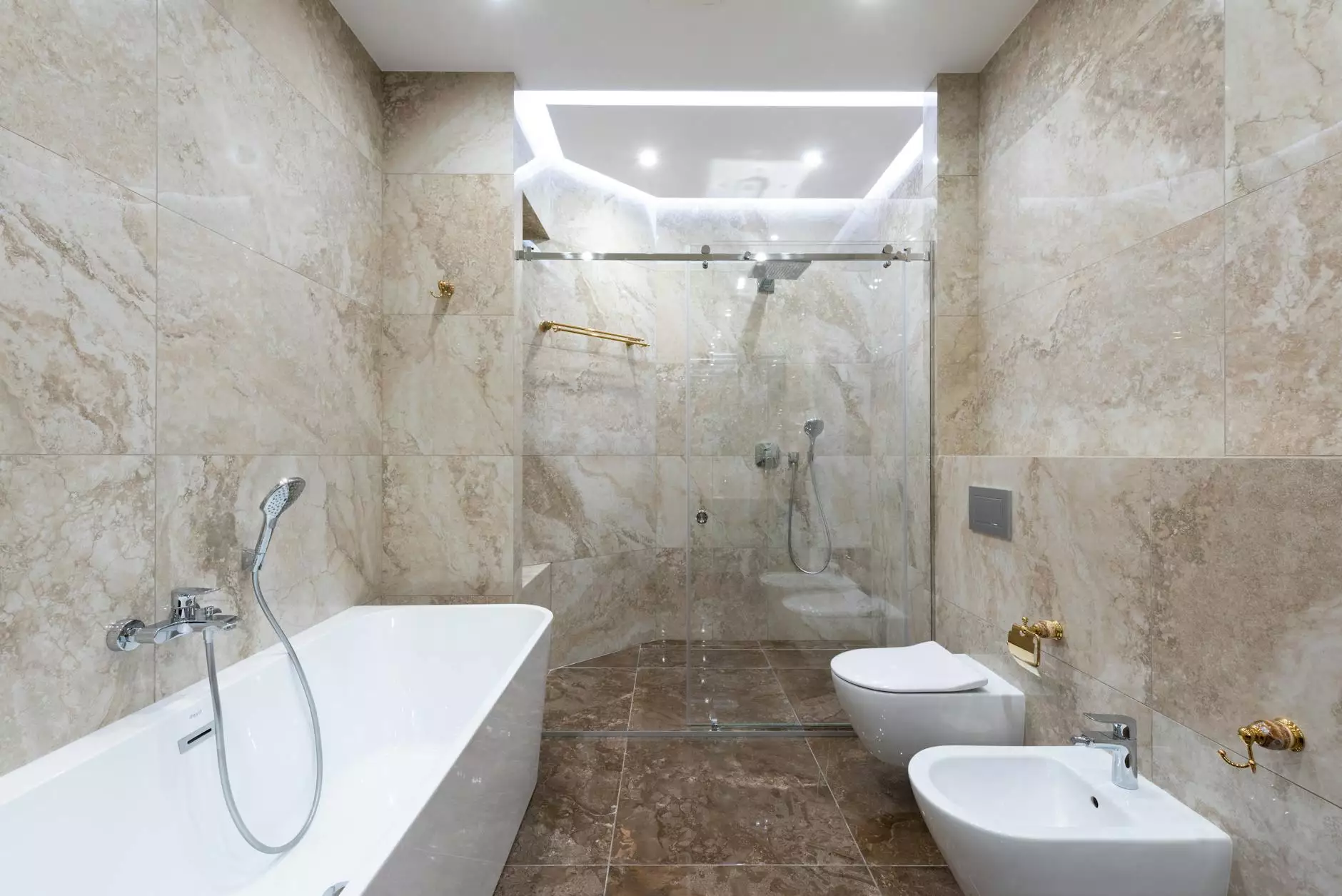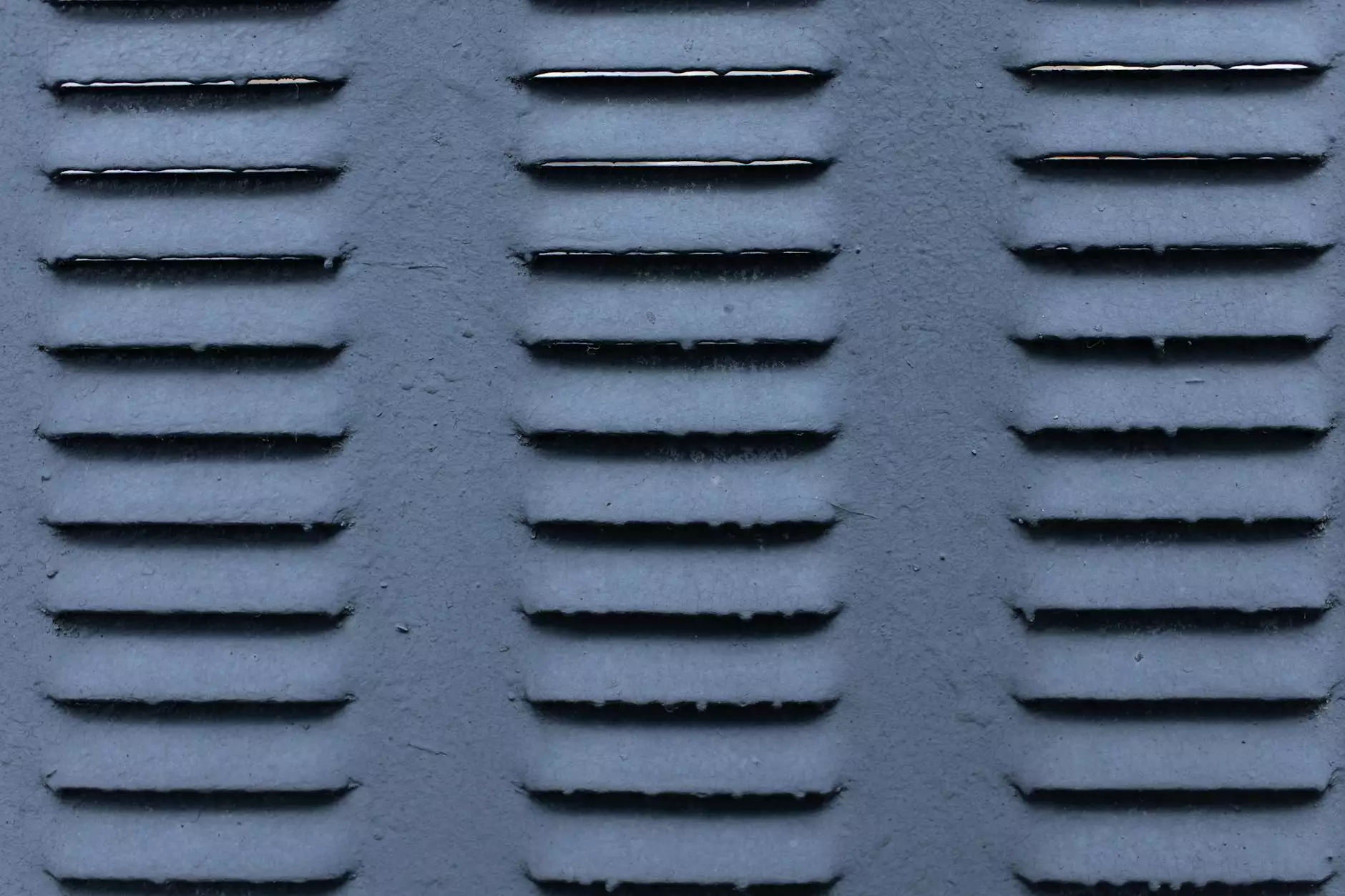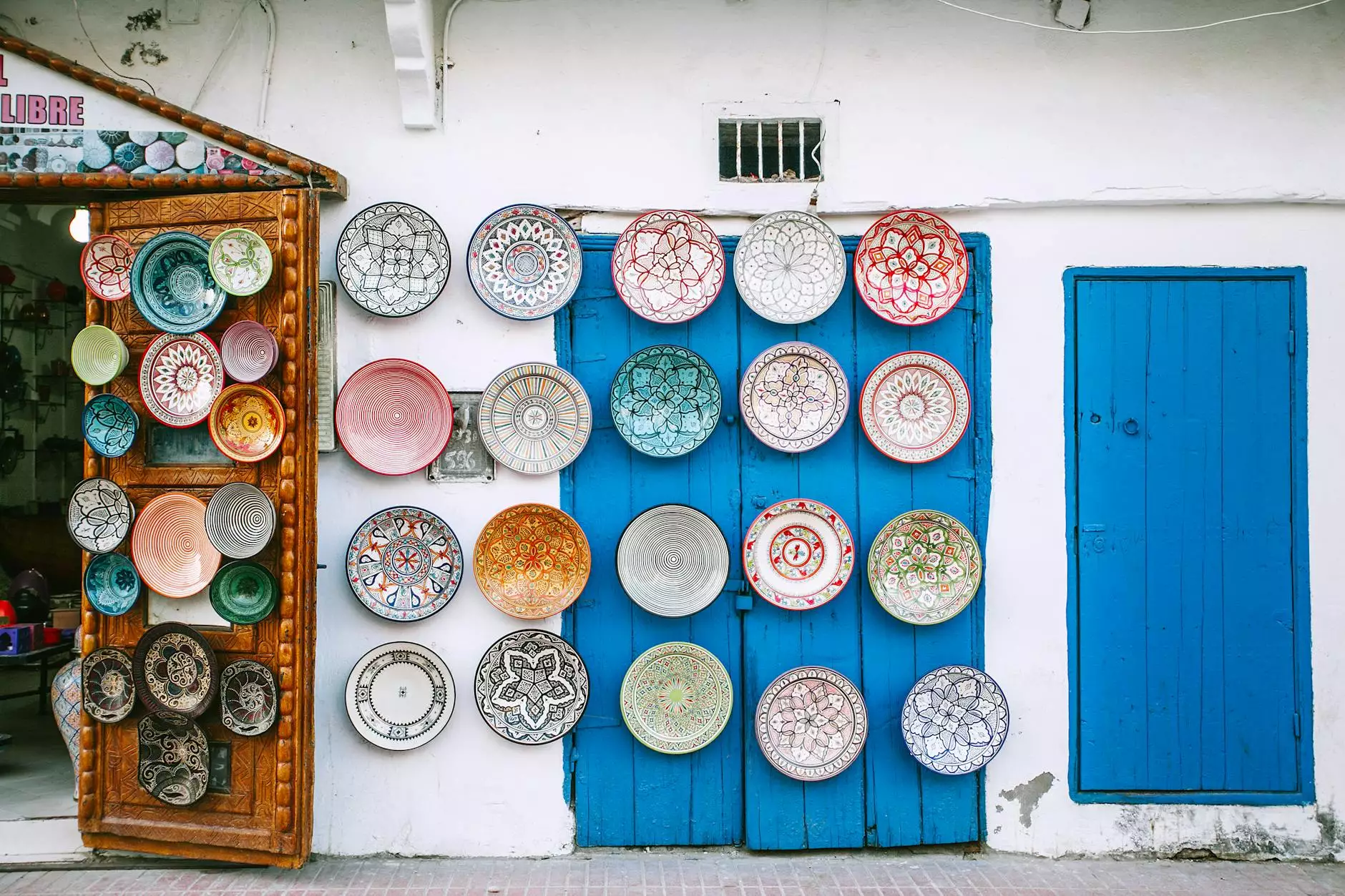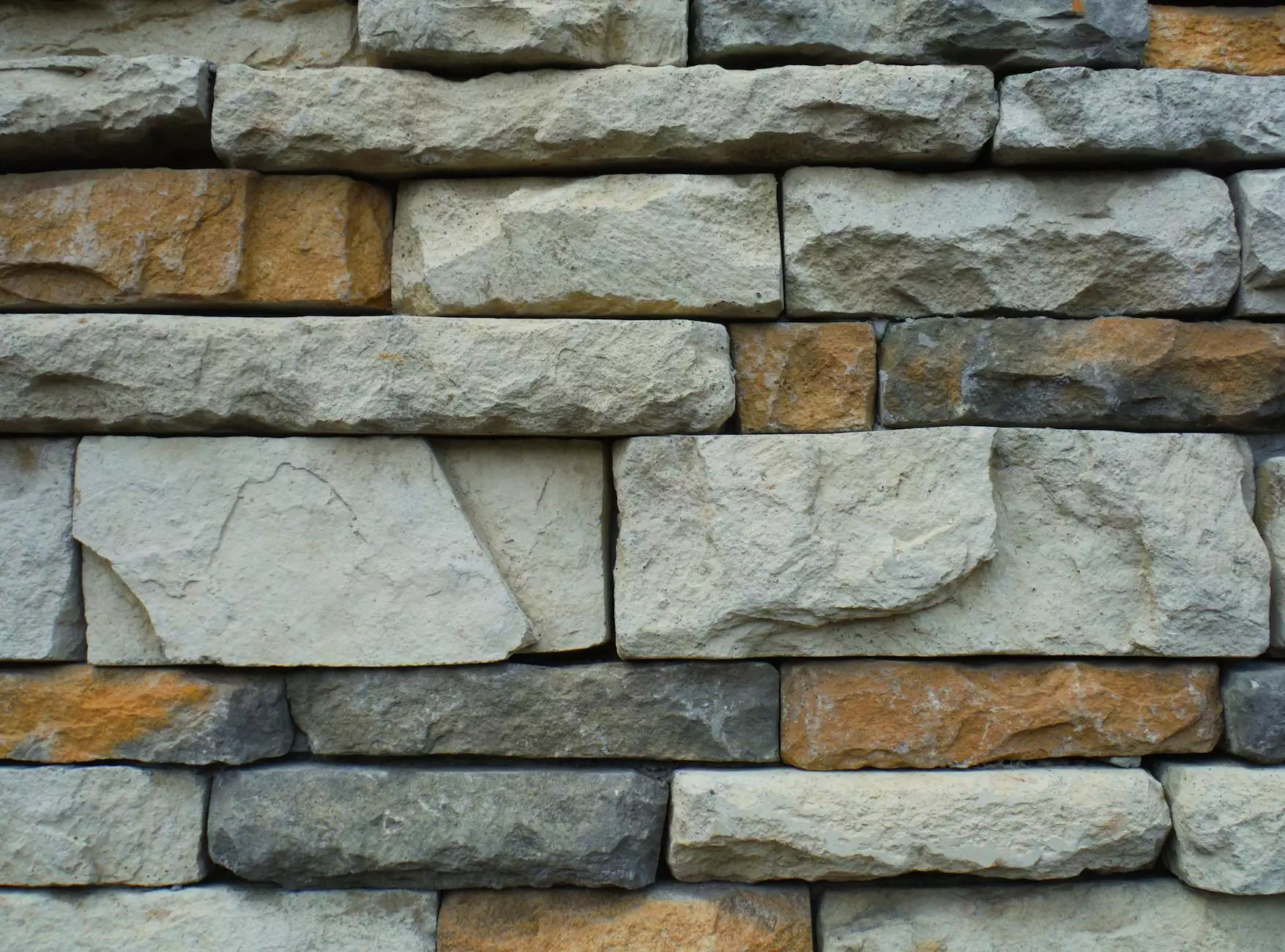Test Fire/Break in Phase
Home Renovation
Introduction
Welcome to Lecoq Construction & Design's guide on the test fire/break-in phase of the Le Panyol Pro 120L wood-fired oven. In this article, we will discuss the necessary steps and tips to properly set up and prepare your new wood-fired oven for optimal performance.
Why is the Test Fire/Break-in Phase Important?
The test fire/break-in phase is a crucial step in ensuring the longevity and efficiency of your wood-fired oven. During this phase, any residual moisture, curing agents, or impurities present in the materials used to construct the oven are safely removed through a controlled heating process.
Step-by-Step Process
Step 1: Clean the Interior
Before starting the test fire, it is essential to clean the interior of the oven. Remove any debris, dust, or packaging materials that may have accumulated during transport. A clean oven ensures even heat distribution and prevents any unwanted odors or flavors during cooking. Use a soft cloth or brush to gently clean the interior surfaces.
Step 2: Start with Small Fires
During the initial test fire, it is recommended to start with small fires. Begin by using dry kindling or newspaper and gradually increase the size of the fire. This gradual approach helps the oven walls to expand and contract more evenly, reducing the risk of cracking.
Step 3: Gradually Increase the Temperature
Once the fire is lit, allow the oven to gradually reach higher temperatures. Start with temperatures around 200-250°C (400-480°F) and slowly increase over a period of several hours. This slow heating process helps to remove any remaining moisture, curing agents, or impurities in the oven materials.
Step 4: Maintain a Steady Temperature
During the test fire, aim to maintain a steady temperature inside the oven. This will help to complete the curing process and ensure the oven is ready for regular use. Use a reliable oven thermometer to monitor the temperature and make adjustments as needed.
Tips and Recommendations
Choose the Right Wood
When conducting the test fire, it is important to choose the right type of wood. Opt for hardwoods such as oak, maple, or birch, as they provide a steady and consistent burn. Avoid using treated or resinous woods, as they can release harmful substances when heated.
Use Proper Ventilation
Ensure proper ventilation during the test fire by partially opening the oven door or using the chimney damper. This allows smoke and gases to escape while still maintaining a controlled environment inside the oven.
Monitor the Test Fire
Stay present and monitor the test fire at all times to ensure safety and prevent any unforeseen issues. Keep a fire extinguisher nearby and avoid leaving the oven unattended, especially during the initial firing stages.
Allow Sufficient Cooling Time
After the test fire is complete, allow the oven to cool down naturally. Avoid exposing the oven to sudden temperature changes, as this can cause thermal shock and potentially damage the oven's structure.
Conclusion
By following the proper test fire/break-in phase for your Le Panyol Pro 120L wood-fired oven, you can ensure optimal performance and longevity. Remember to clean the interior, start with small fires, gradually increase the temperature, maintain a steady temperature, choose the right wood, use proper ventilation, monitor the test fire, and allow sufficient cooling time. Enjoy the delightful experience of cooking with your new wood-fired oven!


